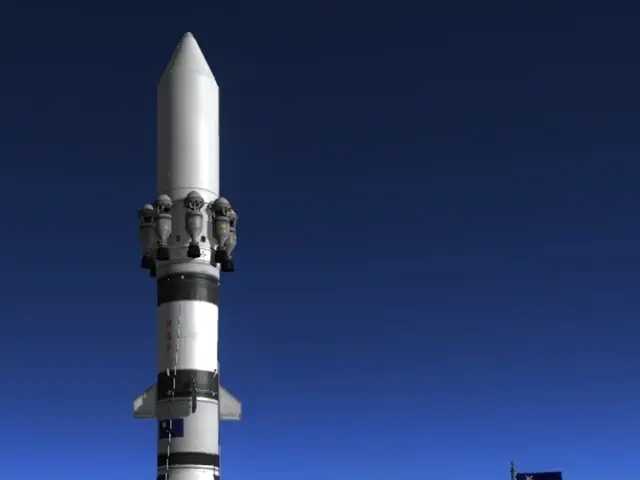Maps from times past reveal the world's perceived layouts. What accuracies did they hold?
In the realm of cartography, the challenge of representing a spherical world on a flat surface has always been a formidable task. This inherent difficulty necessitates compromises in representation, with the focus often centred on what is considered most important. One such influential representation is Gerardus Mercator's 16th-century world projection, which continues to shape our understanding of the world today.
The Sunderland Collection, showcased on the Oculi Mundi platform, offers a fascinating glimpse into the historical perspectives and artistic achievements of European scholars spanning from the 13th century to the early 1800s. This collection serves as a window into past civilizations, providing us with a unique perspective on how they perceived their world.
Maps of the past were not merely tools for navigation but also reflected the cultural and political biases of their creators. They served as instruments of power, propaganda, and education, with new geographical features making their debut on one mapmaker's map and others deciding whether to include them based on trust in the sources and depiction.
Understanding the accuracy of historical maps requires considering their context, as they often presented geographical areas or ideas in an attempt to express them. For instance, Matthew Edney, a professor in the history of cartography, states that Ortelius's map reflects the belief in a southern continent based on existing ideas of the time.
One of the earliest printed maps to depict the American continent can be found in Johannes Ruysch's Ptolemaic Atlas, calling South America 'Terra Sancta Crucis sive Mundus Novus' (the Land of the Holy Cross or New World). Another notable map is Giovanni Cimerlino's heart-shaped map from 1566, which displayed both the eastern and western halves of the world, including the Americas.
The Sunderland Collection also highlights the intricate and bold efforts of early mapmakers to represent the cosmos. Andreas Cellarius' celestial atlas is considered one of the finest ever created. Scholars and mapmakers often highlighted certain features based on the information they had, with prominent trade routes being a common focus.
Some maps in the past exaggerated the extent of a ruler's domain or emphasized specific trade routes to assert dominance and influence. Sebastian Munster's 1532 map, for example, depicted angels using levers to move the Earth, a radical and groundbreaking idea at the time.
The heliocentric model, which states that the planets orbit the sun, was still debated by 1660, even though it is now understood to be correct. Historical maps often included distinctive features such as wind heads and allegorical scenes, like illustrations representing the seasons.
Claudius Ptolemy, known as the 'inventor of geography', recorded latitude and longitude in the second century A.D. Christopher Columbus's 1492 voyage to the Americas is one of the most significant explorations during the era covered by Oculi Mundi. The 1603 hand-colored world map by Abraham Ortelius, originally designed by Ortelius himself, is significant as it represents the first modern atlas, methodically organizing and presenting the world as we are familiar with today.
Ortelius's map includes 'Terra Australis nondum cognita' (Unknown Southern Land), a hypothetical continent believed to exist in the southern hemisphere. These historical maps offer a fascinating insight into the minds of the mapmakers and the societies they lived in, providing us with a unique perspective on the past.
Read also:
- Postpartum Period and Gestational Diabetes: Does it Persist?
- Controlled spree of Legionnaires' disease among Harlem residents ceased, city health authorities confirm; however, locals push for increased openness and information disclosure
- Transform City for the Better
- Prostate Cancer Examination Guidelines, Outcomes, and Financial Aspects







